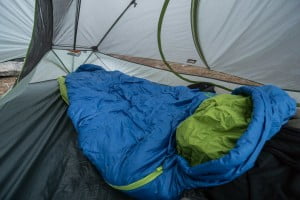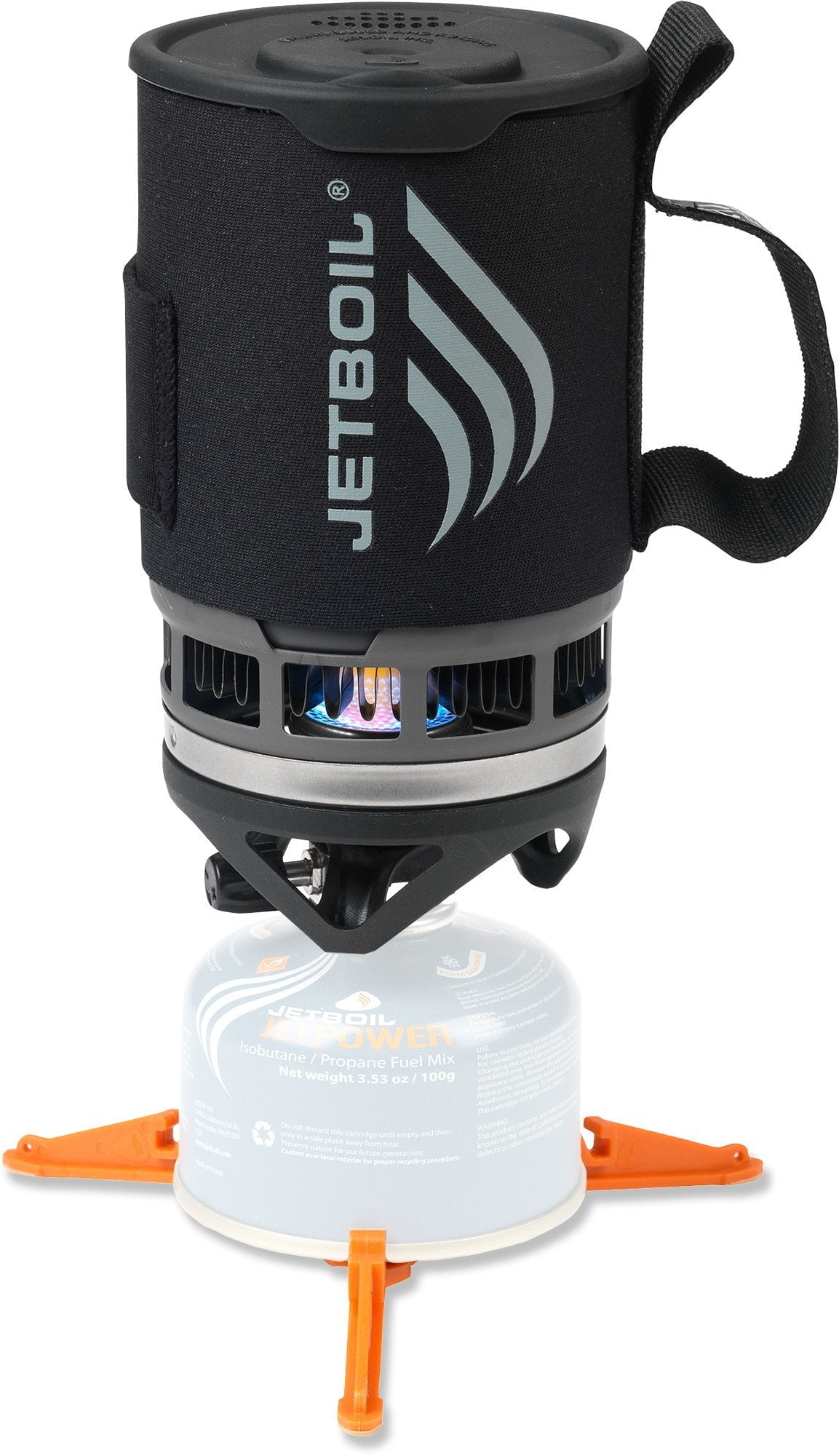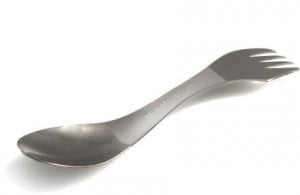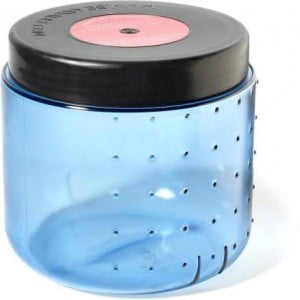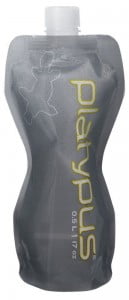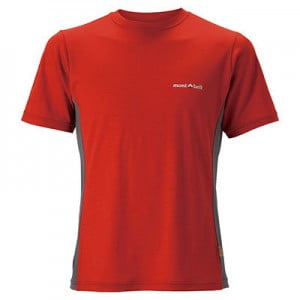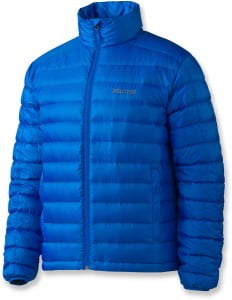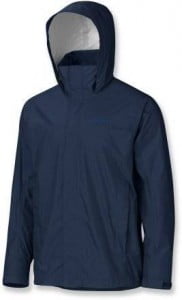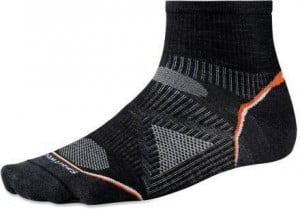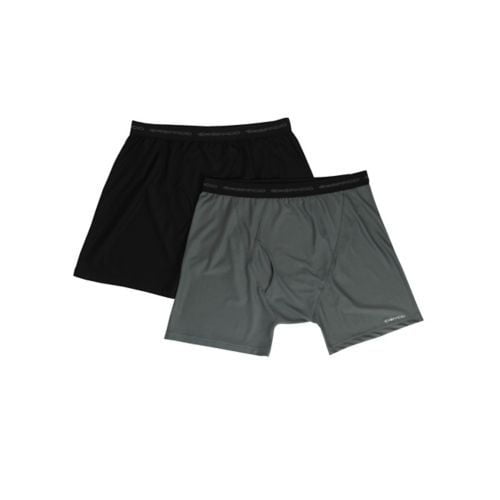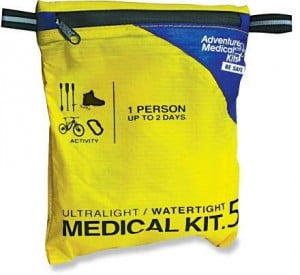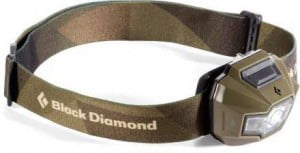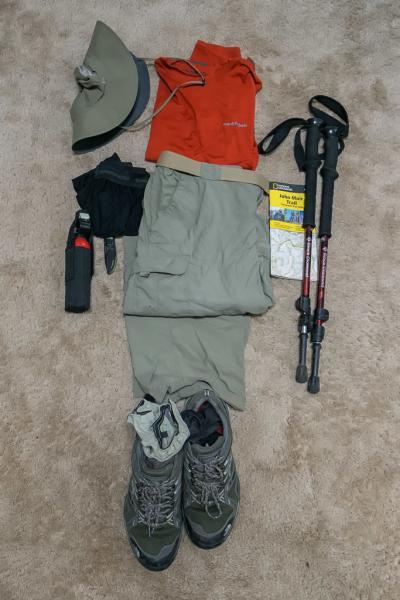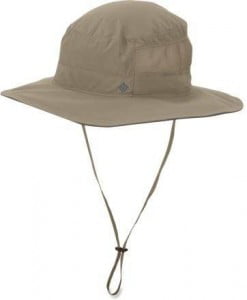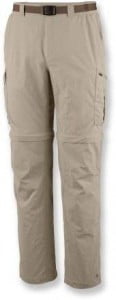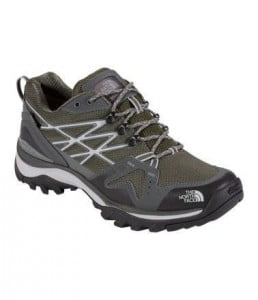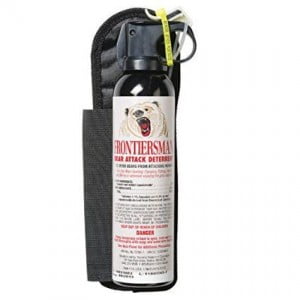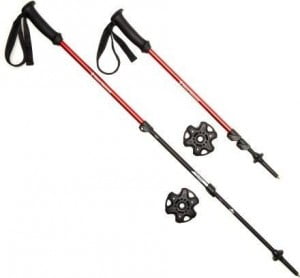Who honestly wants to go on a backpacking trip with a backpack this big…?
After years and years of backpacking and thousands of miles, I’m finally at my “backpacking gear happy place.”
Only a few years ago I was backpacking 100 miles through the Scottish Highlands with a “lighter” 30-pound base pack. At the end of the day, I’d throw that thing on the ground and curse it (it also held 10 pounds of camera gear and 15 pounds of food/water for 55 pounds).
I’ve evolved from a 35-pound base pack to now a 15-pound base pack and couldn’t be happier.*
*”Base pack” meaning all of my gear EXCEPT food & water and what I’m wearing. Not including camera gear either…that’s a whole other can of worms.
This is called “lightweight” and not “ultralight”. I think I’ll stop just short of joining the ultralight cult where you cut out your clothing tags to save fractions of ounces.
Essential Backpacking Gear in the Sierra Nevadas
Weather in the mountains can turn foul quickly and without much warning, especially in the Sierra Nevadas. You’re on the summit one day and it’s sunny and 70 degrees; the next day it’s snowing. No kidding, it’s happened many times.
It’s important to be prepared with the right gear. This is my standard pack and is pretty close to what I carry for everything from a one-nighter to the longer John Muir Trail and High Sierra Trail. Growing up backpacking in the Sierra Nevadas has given me an appreciation for having the right gear, and means I can adapt this to anywhere.
You’ll see I wear lightweight hiking shoes and ultra-light mini socks. This only works with a light pack. A heavier pack means you’ll need heavier shoes and thicker socks.
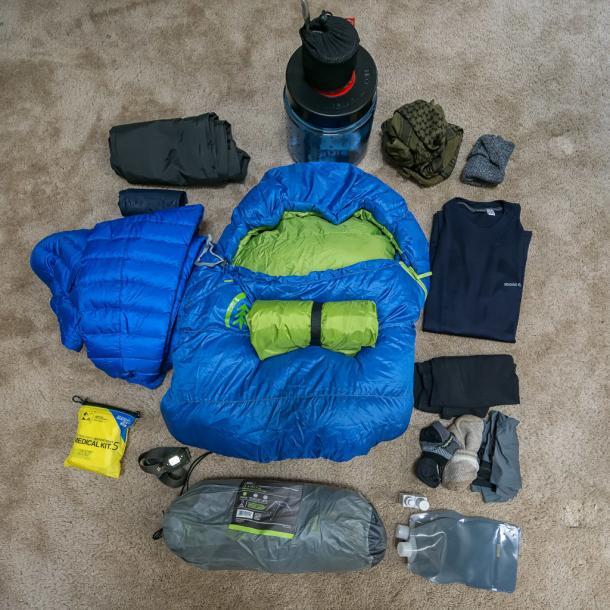
Pack System
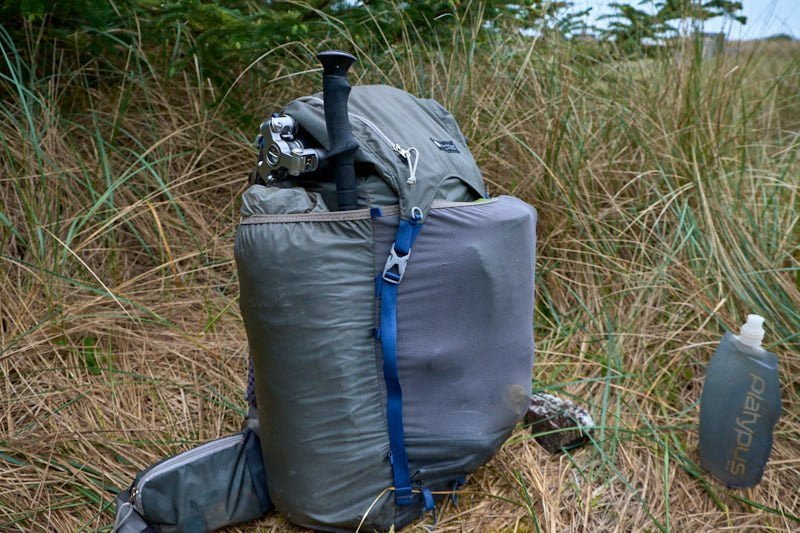
Gossamer Gear Mariposa Lightweight Backpack
If you have a 70-liter pack capable of carrying 50 pounds, you will fill it to the brim with 50 pounds of gear. That’s just human nature. Using a smaller, lighter pack will force you to lighten your total kit, and you’ll realize you don’t need all that stuff!
The Gossamer Gear Mariposa comes in at just under 2 pounds, still holds a hefty 60L, and has a max suggested load of 35 pounds. I was forced to get smart with my packing.
With a 15-pound base pack weight and 10 pounds of food & water, that gives me some room to spare.
I also don’t have a rain cover for it. I line the inside with a heavy-duty trash compactor bag and put everything I want to keep dry inside of that bag and twist it shut. The pack is water repellent enough already and everything outside is waterproof.
Shelter
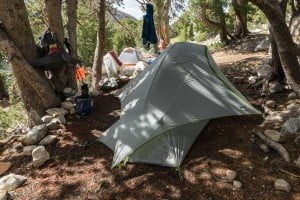
3 pounds 6 ounces
*No longer available from retailers. See other options here.
This is the lightest 2-person tent REI has ever produced, but I’d say it’s more like a 1.5-person tent. It’s 4.5 feet wide at the head which makes for some close quarters with two people. However, each person does have their own entry zipper and gear vestibule. It’s comfortable as a 1-person tent without much extra weight.
Advertised minimum trail weight is 2 lbs 7 oz, but that doesn’t include stakes or footprint. You’ll need a footprint because of the thin floor and stakes to guy it all out. With tent, poles, fly, stakes, and footprint it weighs 3 pounds 6 ounces. Stands up to winds well and keeps you dry in blowing rain.
Sleep
It takes a short while to inflate this 2-inch thick pad with the lungs, but it’s comfortable, warm with an R-value of 3.2, and is great for side sleepers. Pretty impressive at only 1 pound. Works great on cold ground, but when the ground is warm and I want to go even lighter the Thermarest Z Lite Sol short is my alternate. When the ground is really cold, I put the Z-Lite under the REI Flash for extra insulation.
The only downside is that, like most inflatable lightweight pads, it’s quite noisy when you move around.
I opted for down for a variety of reasons, and this bag has water-repellent down to allow for some slop in wet conditions. It does dry rather quickly.
A 23-degree bag on its own won’t keep you warm in the Sierras. But I sleep in as many clothing layers as I need to, including my down jacket, if it’s cold enough. Doing so keeps down the bulk and weight of a larger sleeping bag (it’s only 2 pounds 3 ounces). This kind of modularity and layering keeps everything very versatile.
I do have a separate winter bag, but we’re just talking summer here.
Cooking & Hydration
12.5 ounces
$79.99
I’ve gone back and forth between cook systems. Right now I’m settled on the Jetboil Zip, a compact cook system weighing in at 12.5 ounces, including 100g of fuel. This is a simple system and without an igniter, but it’s light and boils water really fast.
I had previously used the Esbit Solid Fuel Stove and Cookset (Read my review here). This is a simpler, even lighter system (7 ounces) but it doesn’t boil water very well at high altitude. Both of these systems are only good for boiling water, as you can’t control the flame for simmering or anything like that.
Fork/serrated edge on one end, spoon on the other. I don’t like the sporks with the spoon/fork on the same end because they won’t let me scoop the last of the goodies out of the corners of my pot.
Don’t get the plastic versions of these because they break easily. Titanium will last and only weighs 0.7 ounces. The only downside of this little guy is that it might be too short for big bags of freeze-dried food.
BearVault BV450 Solo Food Container
A must-have in black bear country.
This is big enough to pack four day’s worth of food yet small enough to fit perfectly in my pack horizontally. It’s 2 pounds you can’t really escape from unless you go with a bear bag, but many places are now requiring these canisters. For excursions any longer than four days you’ll need the BearVault 500.
It also doubles as my camp seat.
I carry two but when I know I have water sources available I only carry one full bottle. The other is rolled up in my pack and I’ll only fill it up if I know I’ll be going a half-day or so without a water source. With this method, you just have to fill up at every water source you come across, instead of carrying an entire day’s worth and walking past streams with full bottles.
Each bottle weighs 1 ounce. A Nalgene bottle of equal capacity weighs 7 ounces. I replaced the standard caps with Platypus push-pull caps.
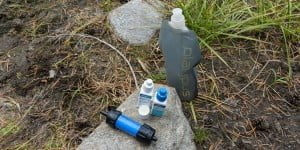
I switched from my 11-ounce filter to this 3-ounce chemical treatment system (3 ounces will treat 50 gallons of nasty water). Nothing to break, nothing to maintain, tastes great.
It does take about 5-15 minutes to do its job. I use my cookpot and a funnel lined with a bandana to pre-filter water into the Platypus bottle when the water has floaties. Then I add the Aquamira.
A great backup system (though not as easy to drink with) is the 1.3-ounce Sawyer Mini.
Read about your lightweight water treatment options here.
Clothing
Montbell Super Merino Wool Action shirts
Synthetic shirts dry quickly but they STINK after a day. And I mean STINK.
Wool shirts dry almost as fast, they regulate temperature very well, and I can wear them for weeks without stinking (wool is naturally anti-microbial).
I carry only one short sleeve and one long sleeve. It’s unnecessary to carry any more than that. And I can’t afford it! They weigh 6-8 ounces.
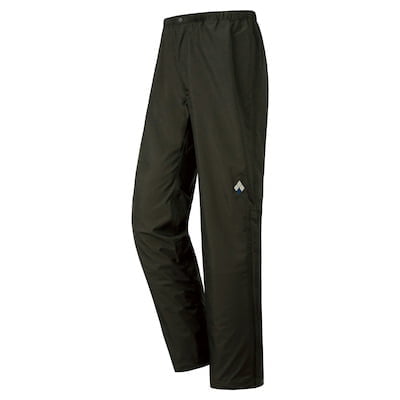
Montbell Thunder Pass rain pants
A little on the heavy side at 9 ounces but they’re rugged and highly waterproof.
I’d rather have this shell in my pack than hike long distances with soaking pants.
Marmot Zeus Down jacket
700-fill and 14.4 ounces, it’ll keep you warm when those cold snaps come through and on those high passes.
It’s not waterproof so make sure you have a rain shell – down loses its effectiveness when wet.
Marmot PreCip rain jacket
Completely waterproof and windproof, it also breathes with technology I don’t understand.
There are lighter waterproof jackets than this 11 ounces, but you’ll end up paying for it. I bought slightly large for layering.
SmartWool PhD Outdoor Ultra Light Mini Socks
One pair on my feet, one pair in my pack. That’s it. And a pair of thicker wool socks for sleeping. They can be worn multiple times without washing and dry fast.
They weigh a light 1.3 ounces. These socks aren’t cushioned and probably won’t work for you if you have a heavy pack or sensitive feet.
One pair in my pack, one under my pants. Clean them on the trail.
Exofficio boxer briefs are a lightweight, breathable synthetic with great odor control. The boxer brief cut helps eliminate thigh chafing. I’ll also bring a pair of long underwear for added warmth.
Odds & Ends
First aid kit
I’ve stopped carrying a gigantic surgery-room-in-a-bag and now carry the Adventure Medical Kit Ultralight .5. Lightweight (just under 4 ounces) and in a waterproof bag. It’s advertised to use for a “2-day trip”, but you really have to be a klutz to use everything in this kit in 2 days. I throw in a few extra bandaids and that’s it. I can improvise with my bandana/keffiyeh if I need to.
But having Wilderness First Responder training also helps me feel comfortable with a small kit.
Headlamp
I use the Black Diamond Storm. With the batteries it weighs 3.7 ounces and it has all the features I need – waterproof, dimmable white light capable of throwing light 70 yards, a red mode you can get to without going through white first, and a lockout so it won’t turn on in your pack.
And What I’m Wearing
Hat
A floppy hat that will protect your nose, neck, and ears, with a quickly drying, sunproof fabric. That Sierra sun is deadly (look at my moles if you don’t believe me). The Columbia Bora Bora Booney is a time-tested one. I also keep a thin wool hat in my pack.
Shirt
One of the two Montbell wool shirts I carry; see above section.
Pants
Lots of options here, but I prefer a lightweight, full-length nylon pant. I’ll wear long underwear underneath if I need extra warmth.
Underwear
One of the two total pairs I carry; see above section.
Shoes
Probably one of the most religious aspects of backpacking gear. Reducing my pack load allowed me to go with some lightweight hiking shoes, and WOW. Each shoe is only about a half-pound less than traditional leather hiking boots, but it makes a huge difference I can definitely feel – especially at the end of a long day.
The North Face Hedgehog Fastpack GTX shoes are waterproof with Gore-Tex membranes and durable Vibram soles. These shoes, combined with the light wool socks, eliminate the need for waders – I can ford through a river and keep on going. They’ll dry after a couple miles. They’re low-cut, so they’re not the best option if you have weak ankles but you can still get some lightweight hikers with ankle support.
Socks
Again – one of the two total pairs I carry. See above section.
Bear Spray
You have to know how to use it! Read about bear spray here.
Illegal in some areas, like Yosemite. Check before you go.
After carrying a big fancy 8-ounce Leatherman forever, it dawned on me that the only part of it I ever used was the blade. So now I just carry a small folding knife clipped into my pocket.
Something “cheap” and with a serrated edge like the Gerber Evo Mid Tanto.
A map is always in my pocket and trekking poles are carried unless I really don’t need them, then they’re strapped to the pack. I bring snow baskets if I’m expecting to run into snow. Poles aren’t very efficient in the snow without them.
All other times I keep rubber tips on them, not really to protect the steel tips but to protect the rocks and avoid putting scratch marks everywhere I go. They also provide some traction on rock.
THAT’S IT!
This is just how I do it. I’m not saying it’s the best way but it’s what I’ve come to enjoy myself with.
Some people prefer to be comfortable at camp with chairs and camp shoes and so on, but that makes them uncomfortable on the trail (carrying so much stuff). I’d rather be comfortable on the trail during the hard part and then rough it at camp (but it’s not even that bad).



